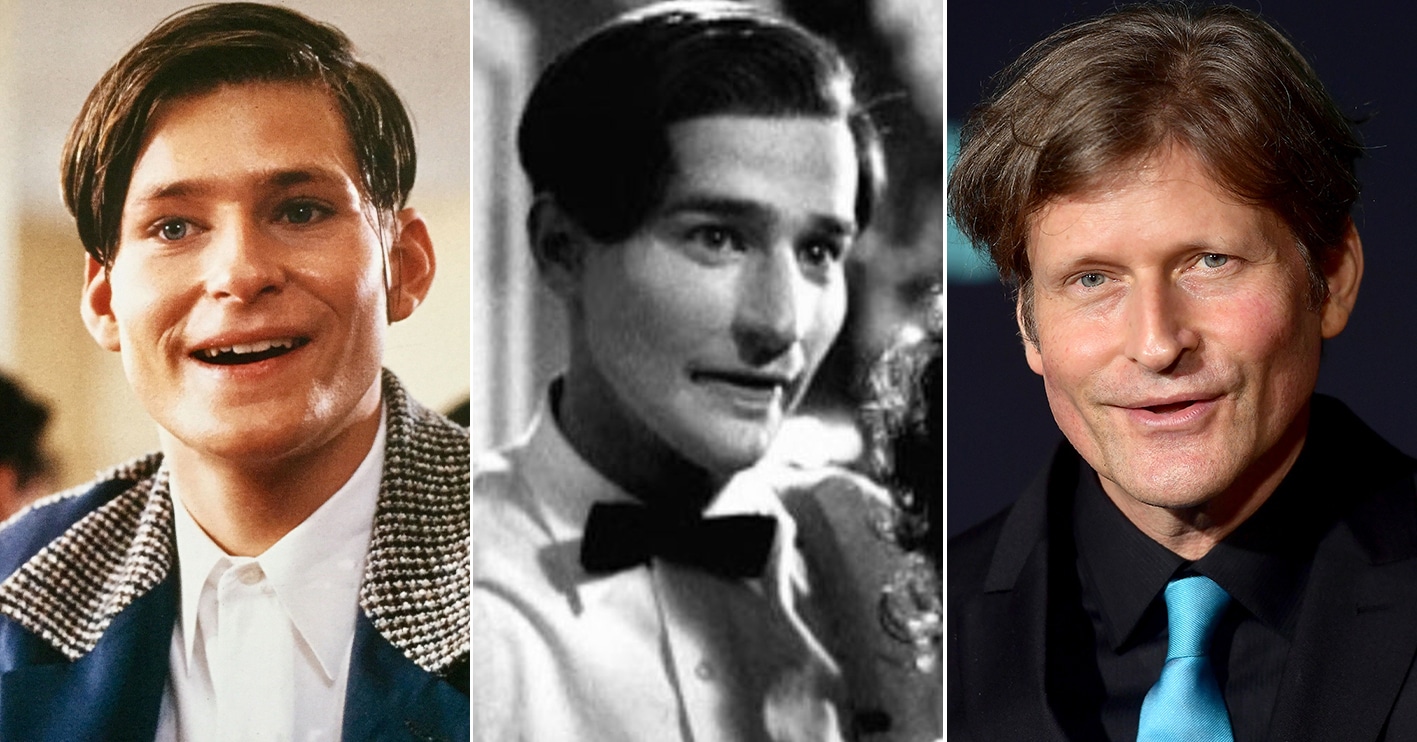After sci-fi comedy Back to the Future became an instant classic on release in 1985, the bulk of its cast and crew naturally agreed to return for 1989’s Back to the Future Part II and 1990’s Part III. Still, there would be two notable absentees. In Claudia Wells’ case, she chose not to return, having put her acting career on hold to care for her ailing mother, leading to Elisabeth Shue taking over as Jennifer Parker.
It’s more complicated why George McFly actor Crispin Glover wasn’t in the Back to the Future sequels. The ‘troublesome’ Glover, who had challenged director Robert Zemeckis and writer-producer Bob Gale’s take on the material during the first Back to the Future shoot, was replaced by an actor in George McFly prosthetics in the sequels, allegedly after Glover demanded the same pay as star Michael J. Fox.
At least, that’s the version of the story that Gale tells and which has long since passed into legend. Glover, however, tells a different tale.
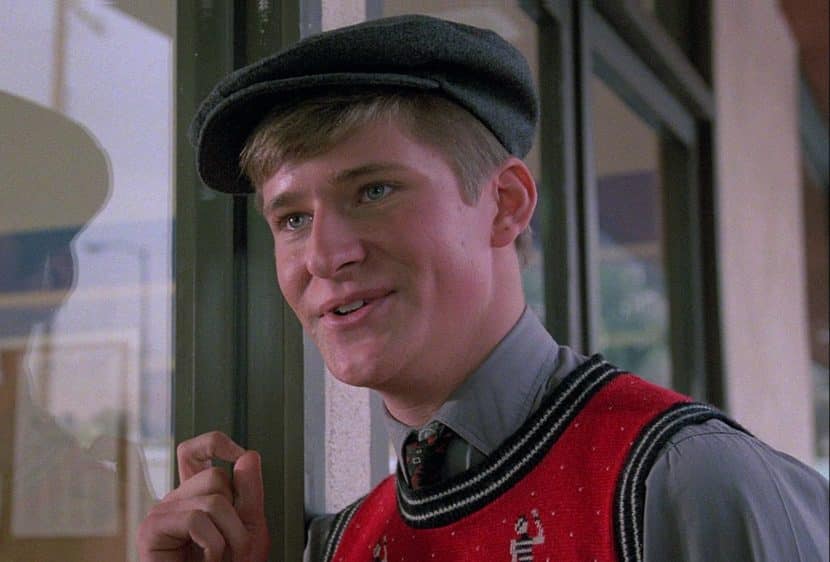
Born April 20, 1964 in New York City, Crispin Glover was the only child of actor Bruce Glover (best known as villain Mr. Wint in James Bond movie Diamonds are Forever) and dancer Marion Kratchey. Crispin followed his father into the business, starting out in the early 80s with appearances on TV’s The Facts of Life, Happy Days and Family Ties (the sitcom which made Michael J Fox a star).
Crispin, whose unconventional looks and persona made him an ideal fit for quirky oddball roles, had a few films under his belt (including sex comedy My Tutor and slasher sequel Friday the 13th: The Final Chapter) when he auditioned for the part of George McFly in Back to the Future.
Director Robert Zemeckis and producer Bob Gale had co-written the script, and according to Gale they had originally envisioned George as “a young Jimmy Stewart,” which certainly wasn’t the most fitting description of the wiry, energetic Glover. However, during the audition process Gale and Zemeckis realised that Glover would “make the part so much his own that I can’t even recall what we were thinking when we wrote it.”

Back to the Future had a famously troubled production, largely due to the casting of lead character Marty McFly. When first choice Michael J Fox was forced to pass due to his commitment to Family Ties, Zemeckis and Gale reluctantly gave the role to Eric Stoltz, who treated the film as more of a drama than a comedy; as a result, his performance didn’t have the light-hearted quality that Zemeckis and Gale were looking for.
Glover, too, approached the material from a different angle than the filmmakers had anticipated. According to co-star Lea Thompson, Glover and Stoltz were united in their disdain for one key plot point: the conclusion, in which Marty returns to 1985 to find his family happier and richer, implying their happiness was dependent on material wealth. (Glover, while admitting he felt this way, disputes that Stoltz was likeminded: “I never saw him say anything about it, I tend to think that may not be accurate.”)
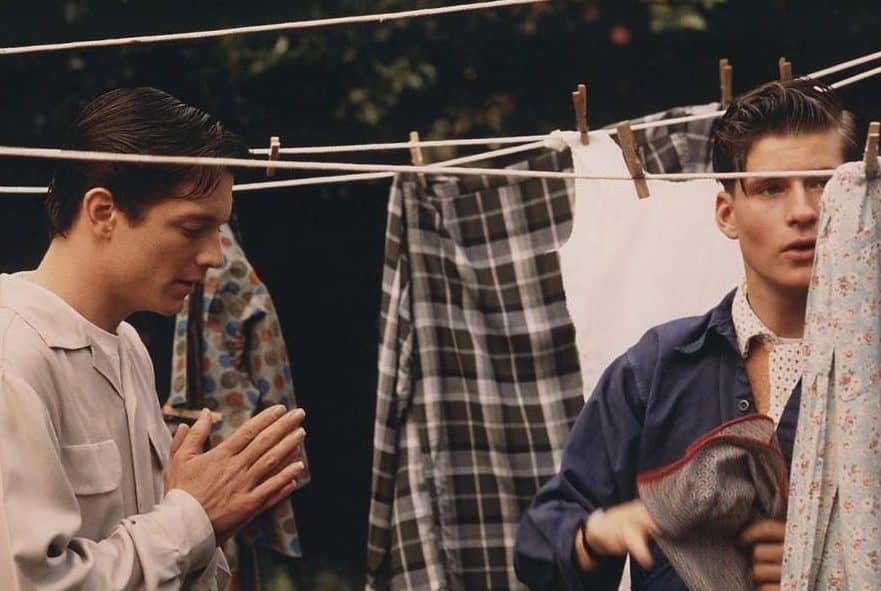
Whilst still shooting with Stoltz as Marty in late 1984, Glover recalls, “the last thing that we shot with Eric Stoltz was the alternate return to the future. In the original screenplay, I won’t say what it was, but there was a slightly different element in the ending. And I’m sure I wasn’t the only person that said something about it, because it did get changed. But I said, ‘Look, if we have this in our characters, if this happens, it will not be liked by people at large.'”
While Glover preferred not to expand on this subject, it seems likely he was referring to an excised plot point which Bob Gale has since admitted “everybody had a problem with… an alternate future created by Doc Brown, because he had gotten a look at the forbidden fruit, at the technology of the 80s when he was in the 50s.” Because of this, Gale says they decided the ending would instead “change the lives of Marty’s family, but the rest of the world will be the same.”
Assuming this is the deleted plot point that Glover alludes to, its excision was not enough to appease the young actor, as the film still concluded with the McFlys being far more affluent than they had previously been. “I had a conversation with Robert Zemeckis about it and I said… ‘if our characters are rich, it’s a bad message. That reward should not be in there’… But Robert Zemeckis got really angry. Essentially, he did not like that idea. He was p***ed.”
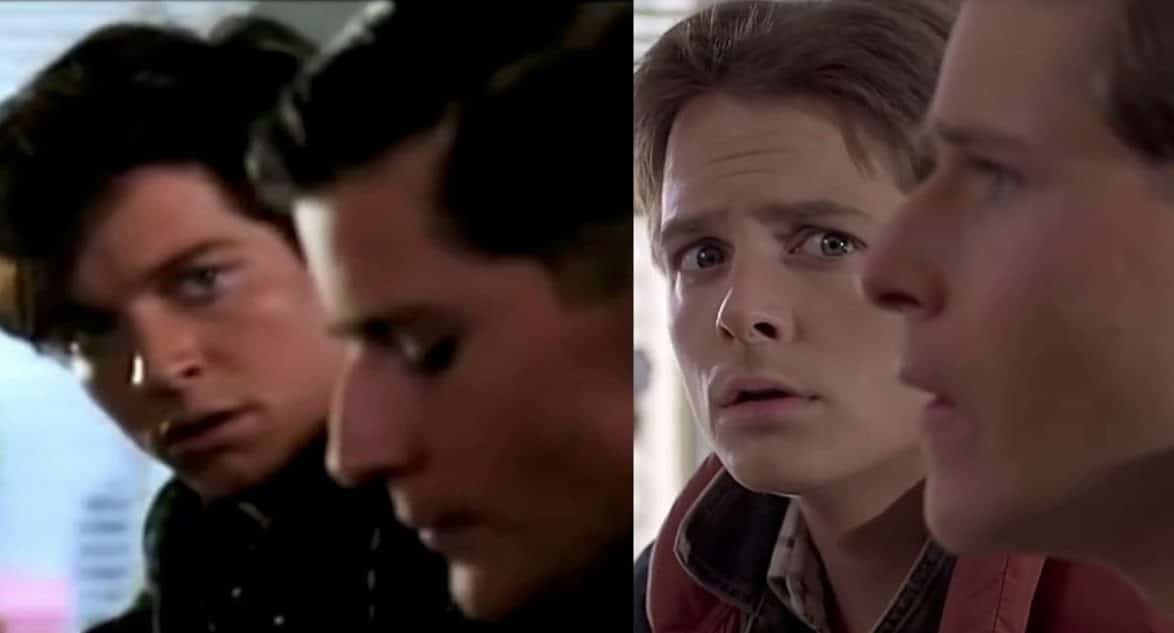
When the Back to the Future cast and crew re-assembled after breaking for Christmas, Eric Stoltz was not among them. Unhappy with his work, the filmmakers made the drastic decision to fire their leading man and reshoot almost everything, finally working out a deal for Michael J. Fox to make the film back-to-back with Family Ties. Naturally, this move sent a shockwave through the cast – and served as a major warning that none of them were irreplaceable.
Glover reflects, “I was 20 years old, and of course they had just fired another actor. The lead. So I didn’t want to get fired! I wanted to work!” As such, he swallowed his pride and muted his complaints about the script; Glover says he was “scared” when re-shooting the problematic final scene.

It’s interesting to note that, while Zemeckis may not have appreciated Glover’s critique of the ending, Back to the Future Part II goes on to explore at length the idea of the future being changed for the monetary benefit of an individual. The sequel sees Marty toy with the idea of using his knowledge of the future for financial gain, an idea which Thomas F. Wilson’s Biff proceeds to steal, resulting in a nightmarish alternate 1985.
Clearly, Zemeckis and Gale had come to realise that the wealth-oriented ethos of the early 80s – which informed Back to the Future’s conclusion – could cause more harm than good. However, while the filmmakers may have come to see things from Glover’s perspective (philosophically speaking at least), this doesn’t mean their relationship with the actor improved.
When work began on the sequel, Fox, Thompson, Wilson and Christopher Lloyd all returned, but Glover did not. For many years the reasons for this were unclear, beyond vague reports that the actor and the producers had been unable to settle on a mutually acceptable deal.
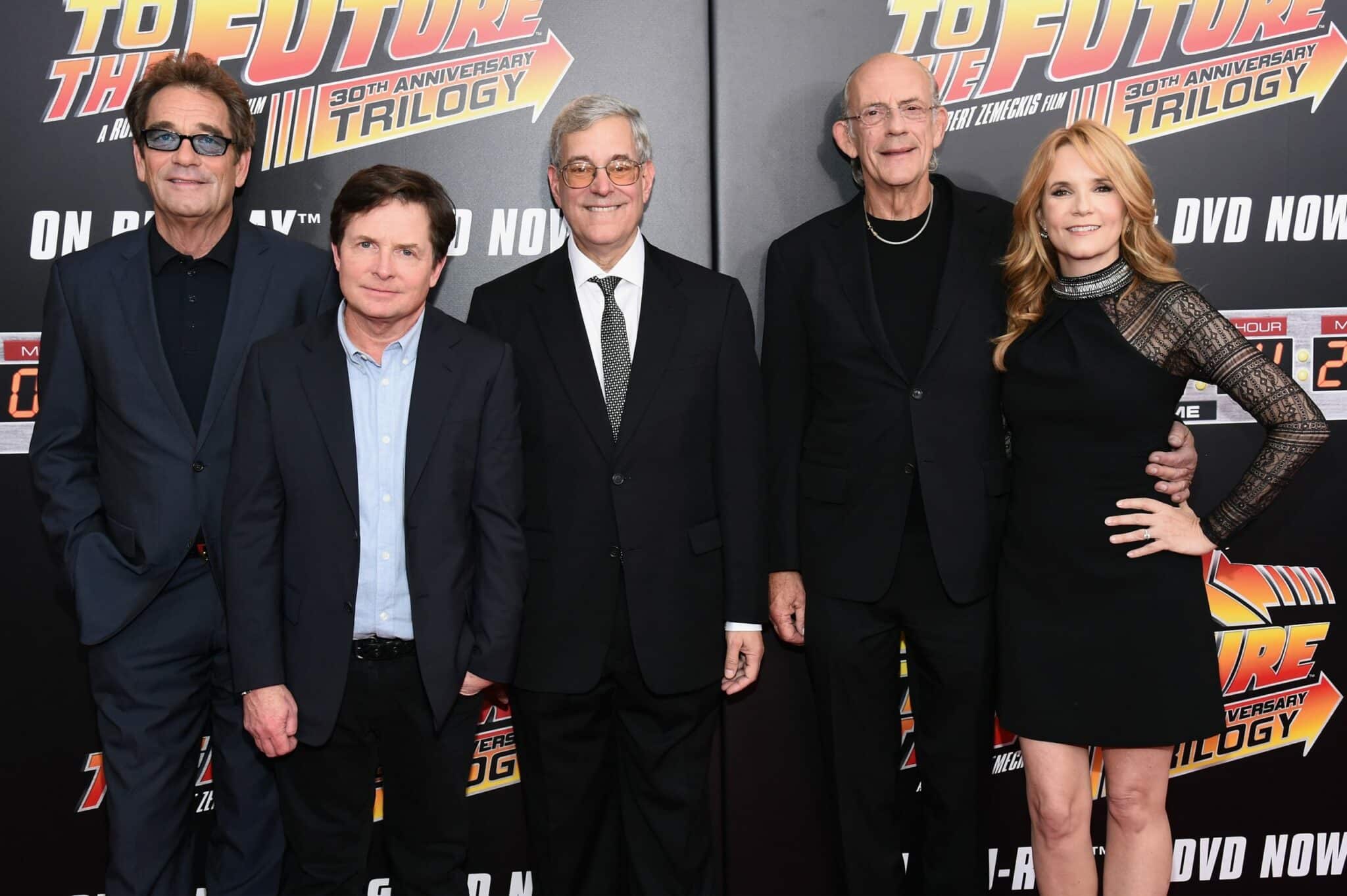
In a 2010 documentary, Bob Gale remarked that Glover had “decided that he should get things that were way out of line for an actor of Crispin’s stature at that point in his career,” and when the actor refused to compromise he and Zemeckis decided, “we’ll just write George McFly out of the sequel.”
The idea that Glover was behaving unreasonably wouldn’t have been too hard a sell at the time. In the years since Back to the Future, the actor’s career had not progressed that far and he’d developed a reputation for being troublesome. This bad name was not helped by two notorious appearances on Late Night with David Letterman, which saw him put on eccentric performances, on one occasion donning a long wig and throwing an amateurish karate kick near the host’s head.

Yet as eccentric as Glover might have been, he wasn’t so foolish as to deliberately turn down roles in two major movies (as both the Back to the Future sequels were produced back-to-back). The actor has since angrily refuted Bob Gale’s claims that he had made unreasonable demands, declaring the producer has “been lying about me, as to why I wasn’t in the second film. He’s been saying that I asked for the same salary that Michael J Fox was getting. Total fabrication.”
It was reported at the time that Glover demanded $1 million, but the actor explains, “They offered me $150,000 [in total, for both sequels] …but Lea Thompson was making something like $650,000, and Tom Wilson was making something like $325,000 or $350,000, so it was less than half of what my fellow actors were making, coming back for similar-sized roles. And my agents knew it wasn’t fair.”
“It wasn’t like I was saying I needed to make more money. I just basically, at that point in the negotiation, I just wanted to be fairly compensated.” Glover says that when his agent demanded more money from Bob Gale, “They came back and said, ‘The offer is now $125,000.’ They went down $25,000! It was very clear they didn’t want me in the film.”
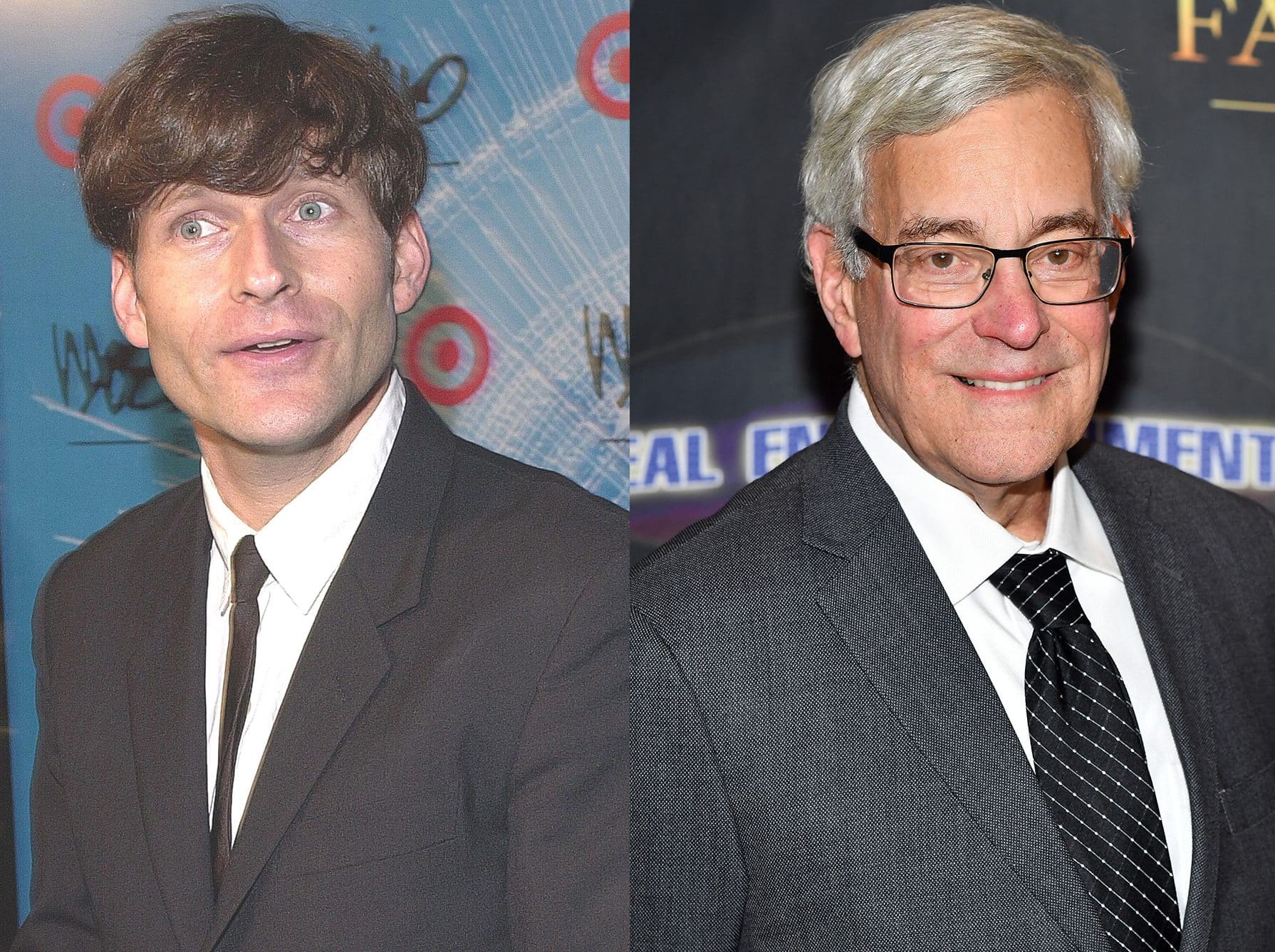
This might have been the end of Glover’s relationship with the Back to the Future series, were it not for what the filmmakers did next. Gale might claim that George McFly was “written out” of the follow-up films, but the character does indeed still appear, in a manner that would imply that Glover himself had been involved in the production.
As Back to the Future Part II revisits the events of the original film with Marty returning to 1955, Glover’s George often appears in recycled or previously unused footage from the 1985 film. However, there are also new moments in the 1955 scenes which feature another actor, Jeffrey Weissman.
In these scenes, Weissman impersonates Glover’s voice and is specially made up to resemble Glover using a wig and prosthetics. It’s also notable that in the 2015 scenes, Weissman’s George is floating upside down, which Glover describes as “an obfuscating technique.”

Unlike Elisabeth Shue’s new take on Marty’s girlfriend Jennifer, which was never intended to trick audiences into thinking the replacement actress was Claudia Wells, it was clear that Jeffrey Weissman’s George was meant to pass for Glover.
Lorraine McFly actress Lea Thompson has admitted she was not pleased by the replacement of her love interest: “Crispin wasn’t there, and they had this impostor dude as Crispin, which was really upsetting to me because I thought Crispin was a genius.”
Glover thinks his being replaced in the sequel went beyond trying to trick audiences, and into the realm of a personal attack: “They thought that was funny. They knew that they could basically torment me, either financially or by this mean-spirited, what ultimately was an illegal thing to do. I’m sure they laughed and joked about it.”
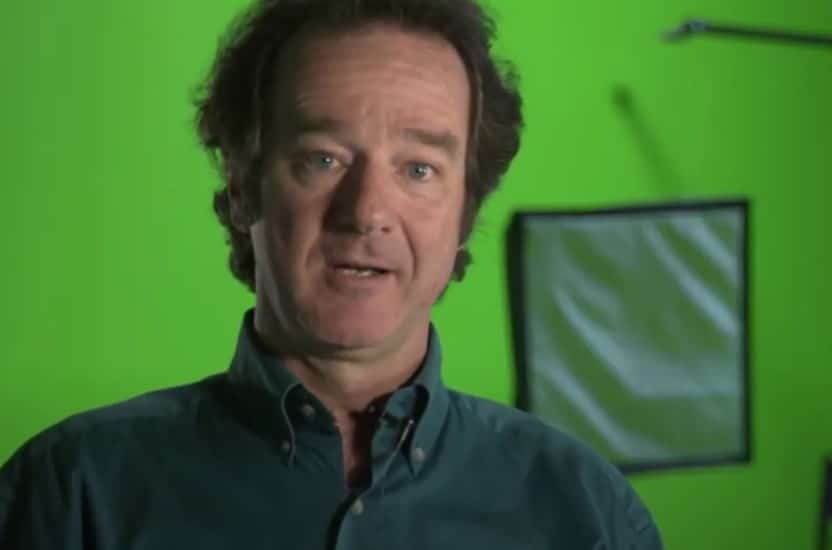
For his part, second George McFly actor Jeffrey Weissman does not look back too happily on the whole experience, describing it as “a completely bizarre, totally manipulative situation.” Having worked as a professional lookalike, Weissman was initially told he was a “stand-in photo double” for Glover, and only learned from the make-up designer that he had been officially cast as George: “I just couldn’t fathom – how could they do this film without Crispin?”
Weissman recalls that when Robert Zemeckis asked cinematographer Dean Cundey what he thought of the actor in the George prosthetics, Cundey replied, “I think we’ve got Crispin without the trouble.”
Weissman also notes that when he was strapped in the vertical inversion device, a crew member told him, “this torture was meant for Crispin.” It’s also been reported that when executive producer Steven Spielberg came to the set, he said to Weismann, “Hey Crispin, I see you got your million.”
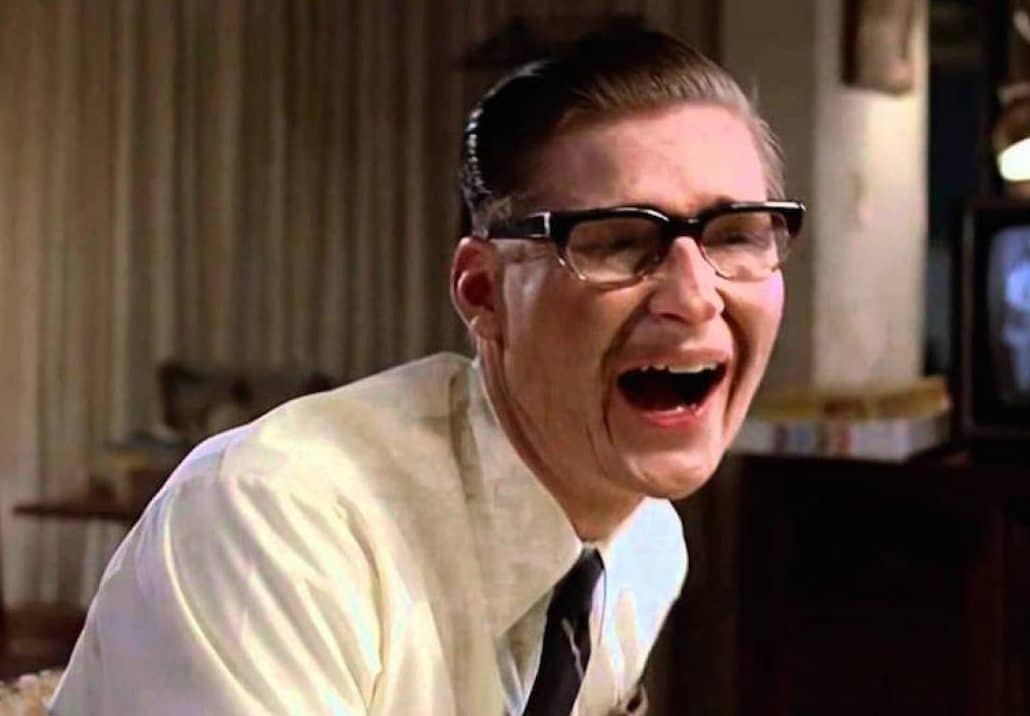
Glover took out a lawsuit against the filmmakers just prior to the release of Back to the Future Part III (in which Weissman appears again, briefly, as George McFly), arguing they had made illegal use of his physical likeness. The actor has remarked since, “Had they only hired another actor, which is kind of what I thought had happened, that would have been totally legal, and I would have been completely fine with it,” but the use of prosthetics and vocal impersonation took things over the line.
The matter was ultimately settled out of court, with Universal awarding Glover a reported $760,000 in damages. This set a new legal precedent, ensuring that no filmmakers in the future would be able to use an actor’s physical likeness without their permission, which has proved important in the current age of ‘deepfake’ digital doubles.
Glover, meanwhile, has continued to work, not only as an actor but also as an author and independent filmmaker, directing the experimental films What Is It? and It Is Fine! Everything Is Fine (plus an upcoming, as-yet untitled third film). He produced these independently out of his new base in the Czech Republic, where he owns a “chateau.”

However, Glover has also taken some surprisingly mainstream blockbusters, including the Charlie’s Angels movies and Alice in Wonderland. Glover admits he took these perhaps unexpected roles because “I really needed to make as much money as I could in order to fund my own filmmaking. So I switched my psychological perspective on how I choose movies and I now see acting as my craft but my films are my art.”
Glover has also made peace with Back to the Future director Robert Zemeckis, with whom he worked again on 2007’s Beowulf. However, it doesn’t look likely that Glover will ever be on good terms with Bob Gale again.

